The post How to Photograph Wedding Receptions with Great Success appeared first on Digital Photography School. It was authored by Jackie Lamas.
Wedding receptions are often referred to as the most boring part of the day since the most exciting part are the bride and groom portraits. However, it would be wrong to treat receptions as such since receptions hold many of the meaningful details of an actual wedding celebration. So here are some tips on how to photograph wedding receptions with great success.

1. Schedule the reception with a time buffer
Weddings are high paced and often begin on time, but as the day progresses, it can be easy to fall behind schedule. When you’re creating the wedding day itinerary for your clients, add in an extra 15-minute buffer to any travel or transition time before the reception.

The reason for this is because you’ll want to grab a snack and hydrate before getting into the last leg of the wedding day. You’ll also want to test out your gear, change batteries, or memory cards. Some photographers take this time to do the same-day slideshow.
This extra buffer means no rushing to the reception but instead preparing your gear and yourself for the last few hours of the day so that you’re not running on empty.

It also will allow you to get to the reception early, which is my next point.
2. Photograph the reception alone
Getting to the reception area those extra few minutes early also allows you to photograph all the details without any guests in the background. This makes for really nice wide shots and closeup shots of the entire set up.
You can then create real depth to your photos and zone in on particular details like the seating chart, place cards, centerpieces, and the sweetheart table. You can capture them without drinks, purses, or other guest items.

If at all possible, have the bride and groom enter the reception area and photograph them alone in the middle of the set up as part of their wedding portraits. It can add a little more emotion and tie the narrative of the event together.
3. Make a list of all the must-have photos

Most wedding receptions are much the same in terms of what you should photograph for the bride and groom. While they can vary in time of day, location, or style, these are the main details that you should be sure to photograph:

- Entrance details: Do they have a sign? Are there photos from their engagement session? Is there a sign-in guest book, meaningful mementos like wood blocks to sign and write notes on? All of these are important to photograph as a whole and each detail individually or a group of details.
- Wide photo of the space as a whole. Photographing the entire space gives the reception and final wedding photos a nice transition in the narrative or album. Take a few photos from different perspectives so that you can choose the best one for the final gallery of images.
- Centerpieces: If there is only one style, photograph it both horizontally and vertically as well as taking a close up detail photo of it. If there are different styles on each table, take photos of each style. If, for example, they have placed a different photograph on each table, you don’t have to photograph each table. Instead, find one or two that you like and photograph two or three different tables.
- Table seating/ seating cards: Table seating and table cards are how guests know where to sit during receptions. These may present in various and creative ways. You should photograph a wide shot of the setup and then a detailed photo of the seating. Choose a name that sounds familiar to you (perhaps a family member or member of the bridal party) to focus on for the detail photo.
- Dinnerware set up: If you notice that the dinnerware and stemware have been chosen with a little more intention, photograph the setup. Get different perspectives and angles.
- Florals: This is most likely to be found as part of the centerpiece; however, some weddings have beautiful florals decorating different parts of the space.
- Desert table/candy bar
- Cake
- Lounge or seating area
- Any other detail that you feel the couple put lots of effort, time, or money into.


3. Staging
A big mistake that many new wedding photographers make is failing to stage photos. Staging the photos will help you get the perfect photo of the detail while still keeping the main aesthetic that the bride and groom have chosen.

Staging and moving things around can help the final photo.
This means, moving salt and pepper shakers out of the way, lighting the votive candles if necessary, turning a table number to face the camera, or even moving a chair so you can get the whole table in one photo.
After getting your shots, make sure to place everything back to where it belongs. That way, when the guests arrive, they see the complete look and aren’t missing their water glass or chairs.
4. Lighting
If you are photographing a reception in a salon or closed venue, the lighting may not be ideal for photos. If the ceiling is white, you can use it to bounce light from your flash back down onto the table and reception details. This will give you more even lighting and a pretty straightforward light in your photos.

At left the flash is pointed to the side. At right, the flash is bouncing from the ceiling. You can see the difference in both.
In addition, using an external flash attached to your camera, point the flash to the side so that you can get more side lit photos. These add more depth to your detail photos and adds shadow. For example, this type of lighting makes for great depth to cake photos and also centerpieces.
You can also use an external LED video light or small light to help you light the reception details. This also gives you a lot more flexibility in getting different lighting that is immediately obvious. As for flash, you have to take test shots first to see how the light looks.

Having an external flash can help you get really nicely lit photos. Use the flash in manual mode to control the output.
If you don’t have any external lighting then you can use the ambient light for the details. Just make sure that your camera is stable enough to photograph by using a tripod. Having a fast lens can also help you capture ambient light.

Be aware of the color temperature of the ambient light as well. This can change the color of florals, table linens, seating cards, etc. if you’re photographing with ambient light.

As a good resource, you can also use your cell phone flashlight to help light or fill in light on the details that you’re photographing.
5. Events of the reception

During the reception there will most likely be some, if not all, of the following events:
- Grand entrance
- First dance
- Mother/Son and Father/ Daughter dance
- Toasts
- Cake cutting
- Bouquet toss/Garter toss
- Money or Honeymoon dance
- DJ-led games or trivia
- Dancing

All of these usually get coordinated by the wedding planner, bride, or DJ himself. Look to them to know what is next after dinner has begun. Never leave your camera and always be ready to photograph anything and everything that you feel is important or fun.
Dancing is always fun. If you can make sure to photograph the key players, like the mother of the bride, bridal party, children dancing, or the best man, these all make for meaningful and fun photos later.

It’s really important to photograph the bride and groom dancing with their guests as well.
Don’t be afraid to get creative when you feel like you have photographed all of the most important events. Slow your shutter to get interesting lighting effects. Use multiple flashes to light the dance floor evenly. Even get a different perspective of the party.

The main thing is to enjoy yourself while taking photos!
6. Before you leave the wedding
Before you leave the wedding reception, make sure to thank your clients and ask this one important question: Is there anything you’d like for me to capture before I leave?

This allows them to get last-minute photos that they may have forgotten to ask for earlier in the day. They may want a quick one with their grandmother or a photograph of them with their best friends from college.
Do this about 10 minutes before you are set to leave. That way, you can have time to photograph all of those last-minute requests before you pack it up and head out.

It’s also a great way to say goodbye to the couple for the night.
In Conclusion

Photographing wedding receptions can be really fun even though they usually happen at the end of a really long day.
Give yourself some time to get into the mindset and get creative during the reception.
Do you have any great tips on how to photograph wedding receptions? Feel free to share with us in the comments below.

The post How to Photograph Wedding Receptions with Great Success appeared first on Digital Photography School. It was authored by Jackie Lamas.
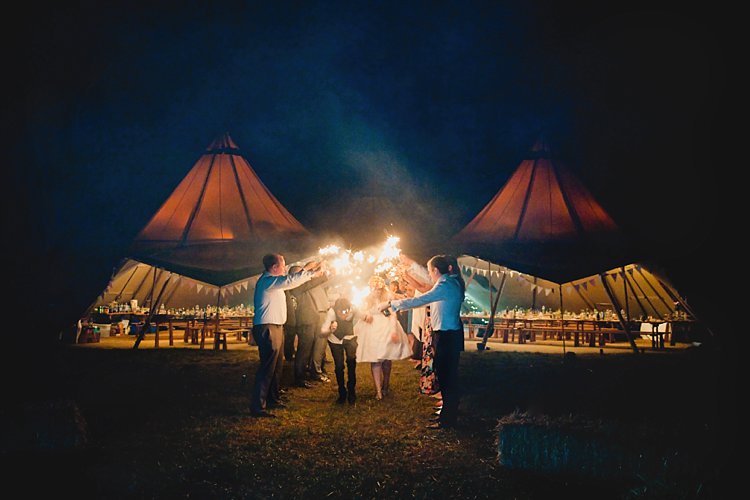

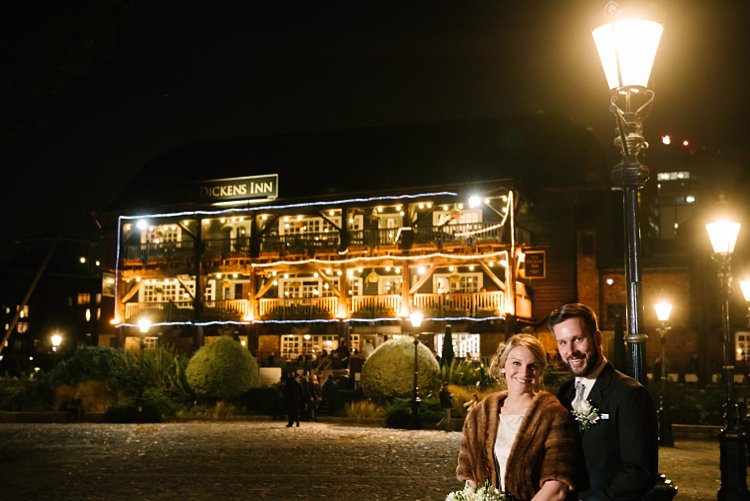
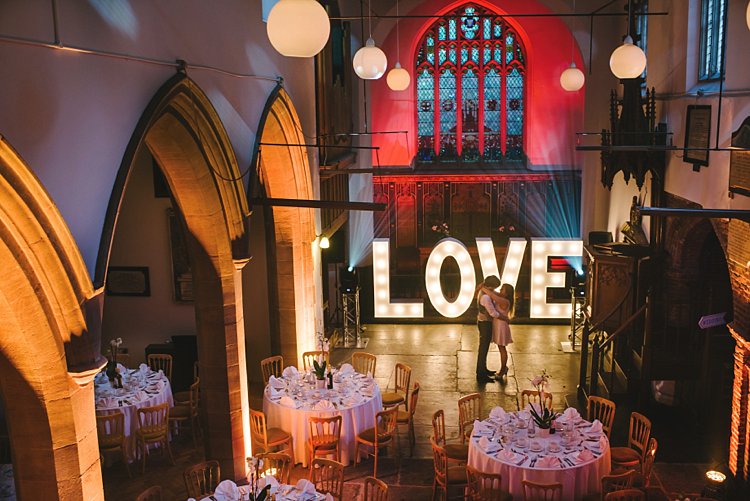

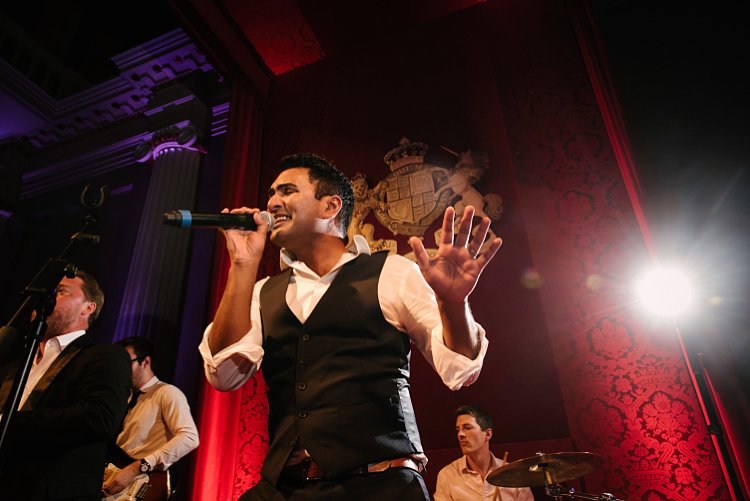



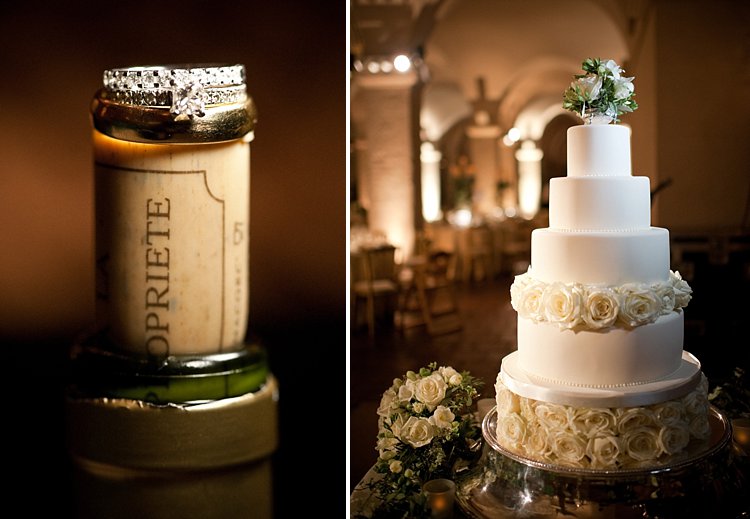



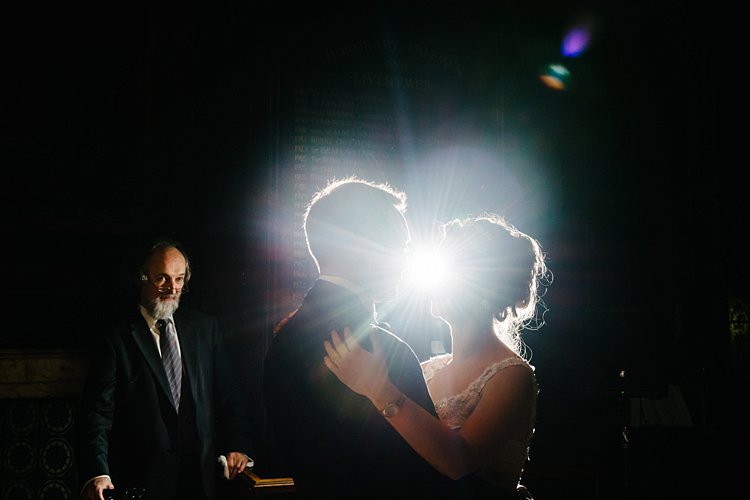


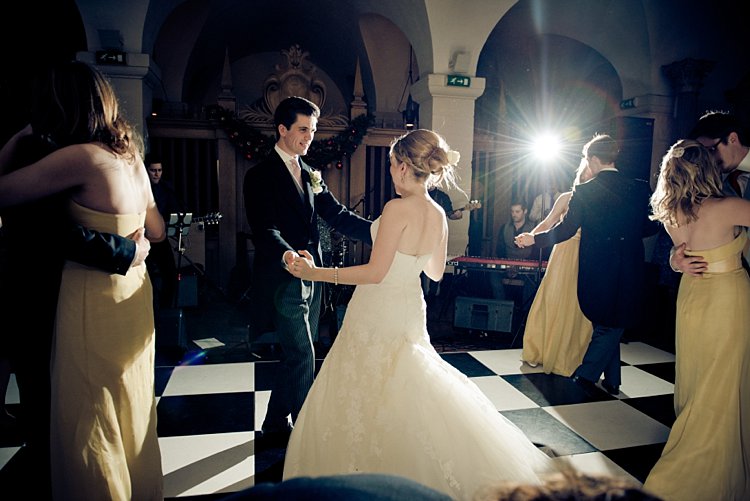




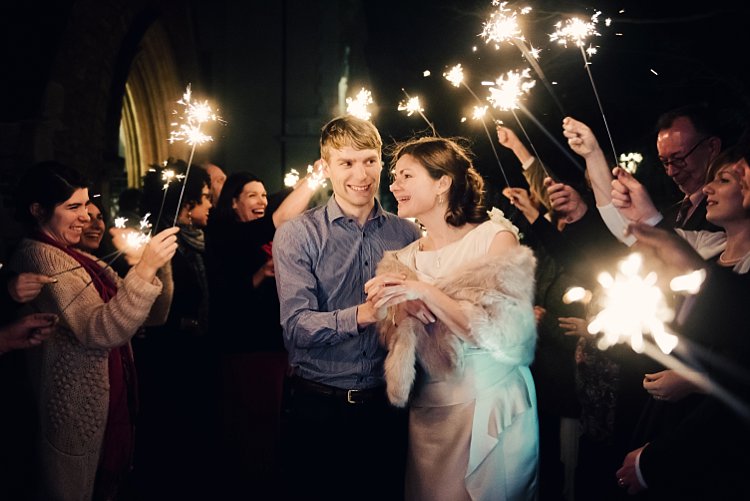

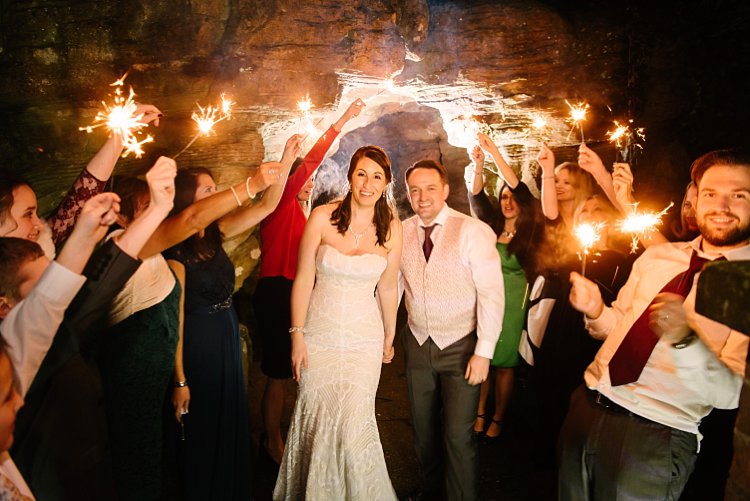
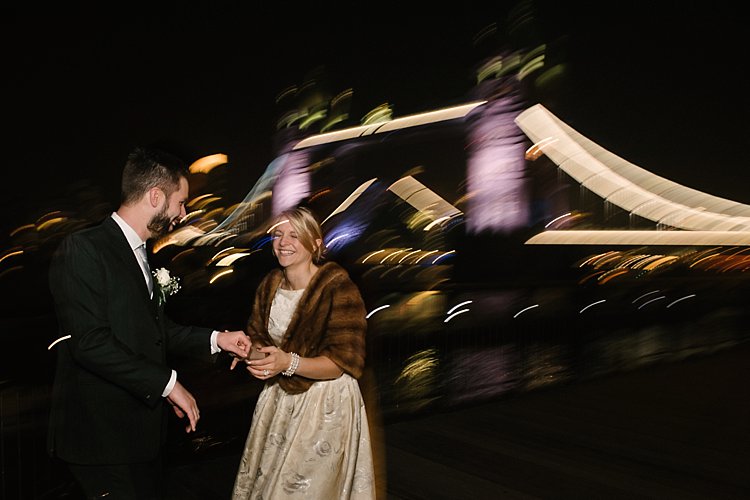
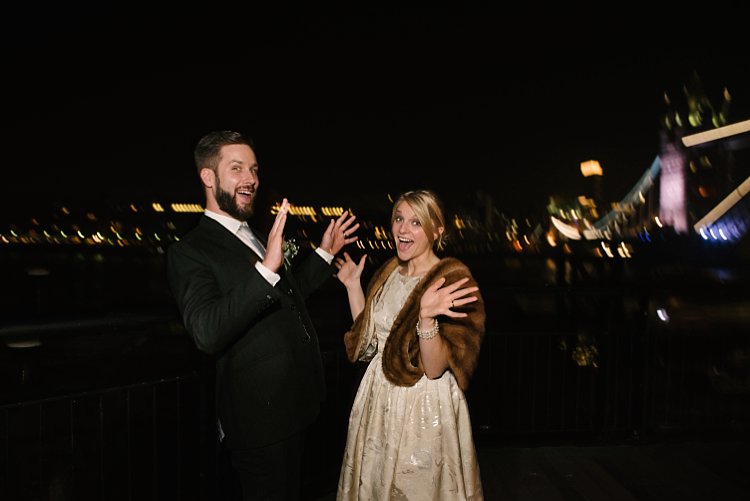

You must be logged in to post a comment.